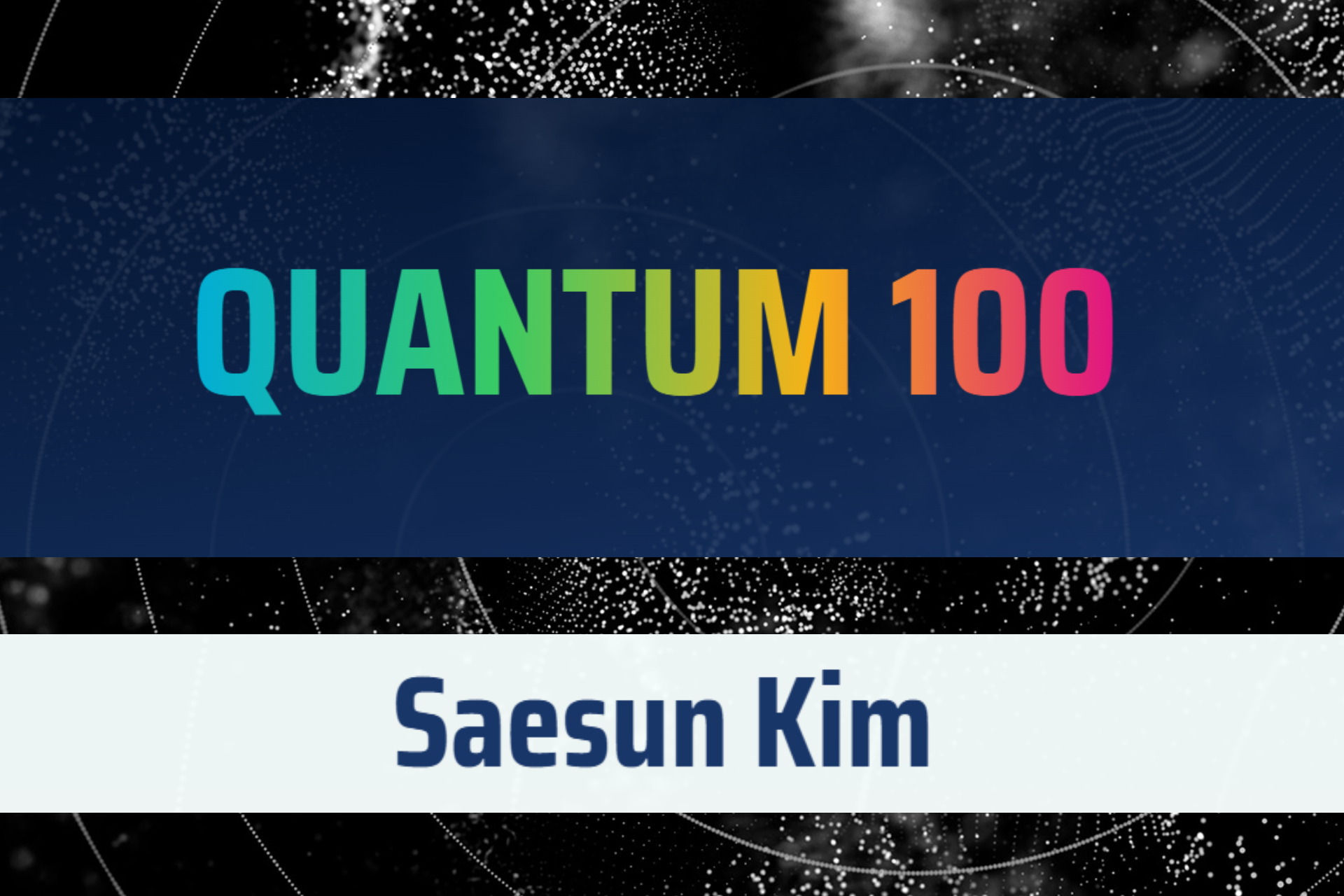
December 17, 2025
Congratulations to OU alumnus Saesun Kim, PhD. on being named to the International Year of Quantum Science and Technology Quantum 100. From the IYQ 2025 website, “Representing people at every stage of their professional journey, the Quantum 100 spans academia, industry, education, art, culture, journalism, and policy, reflecting a breadth of skills and specialization. The Quantum 100 were selected by members of the IYQ steering committee and global coordination bureau, composed of representatives from each of the IYQ Founding Partners, as well as leaders around the world from universities, research institutions, scientific societies, governments, and industry.”
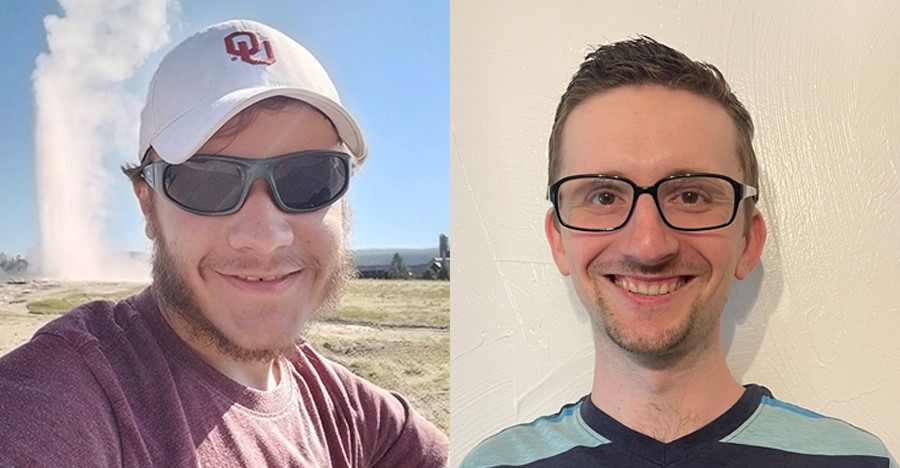
July 07, 2025
In a rare achievement, two University of Oklahoma undergraduate physics and astronomy students were awarded time to observe distant stars at the International Gemini Observatory. Their combined time represents approximately 4.5% of all available time allotted to U.S. astronomers from Aug. 2025 through Jan. 2026. Alex Gleason and Alex Albright, both seniors in the Homer L. Dodge Department of Physics and Astronomy, are mentored by Mukremin Kilic, professor of astrophysics and cosmology. Their projects will utilize the Gemini North telescope in Maunakea, HI, and the Gemini South telescope in Cerro Pachón, Chile, depending on the time of year.
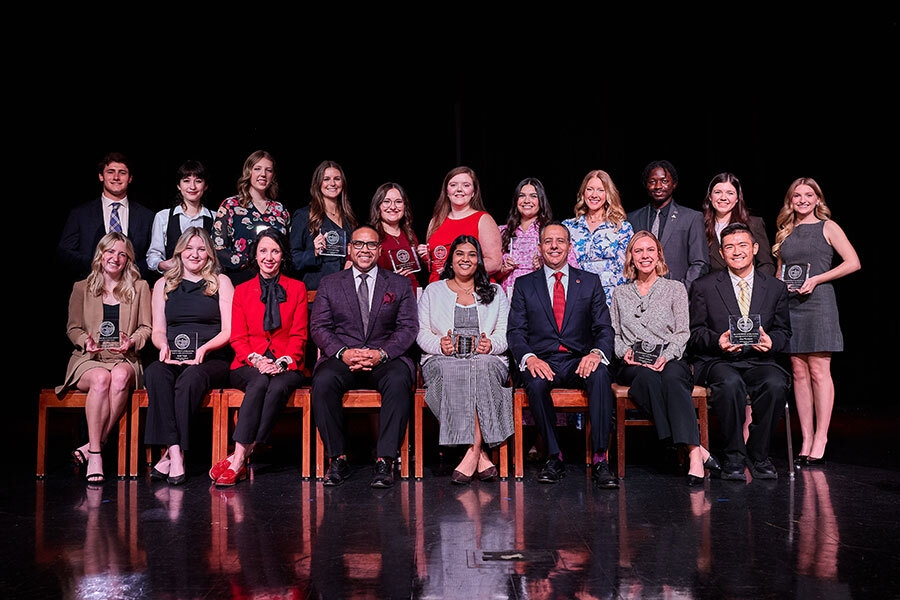
November 21, 2025
Physics engineering undergraduate student Aubrey McNiel was among the sixteen seniors from the University of Oklahoma who were selected this year as Outstanding Seniors for their exceptional achievements in scholarship, honors, awards, leadership and service. The group was recognized at a recent ceremony, where OU President Joseph Harroz Jr., OU Vice President of Student Affairs and Dean of Students David Surratt, Ed.D., and representatives from OU colleges presented each recipient with their Outstanding Senior Award.
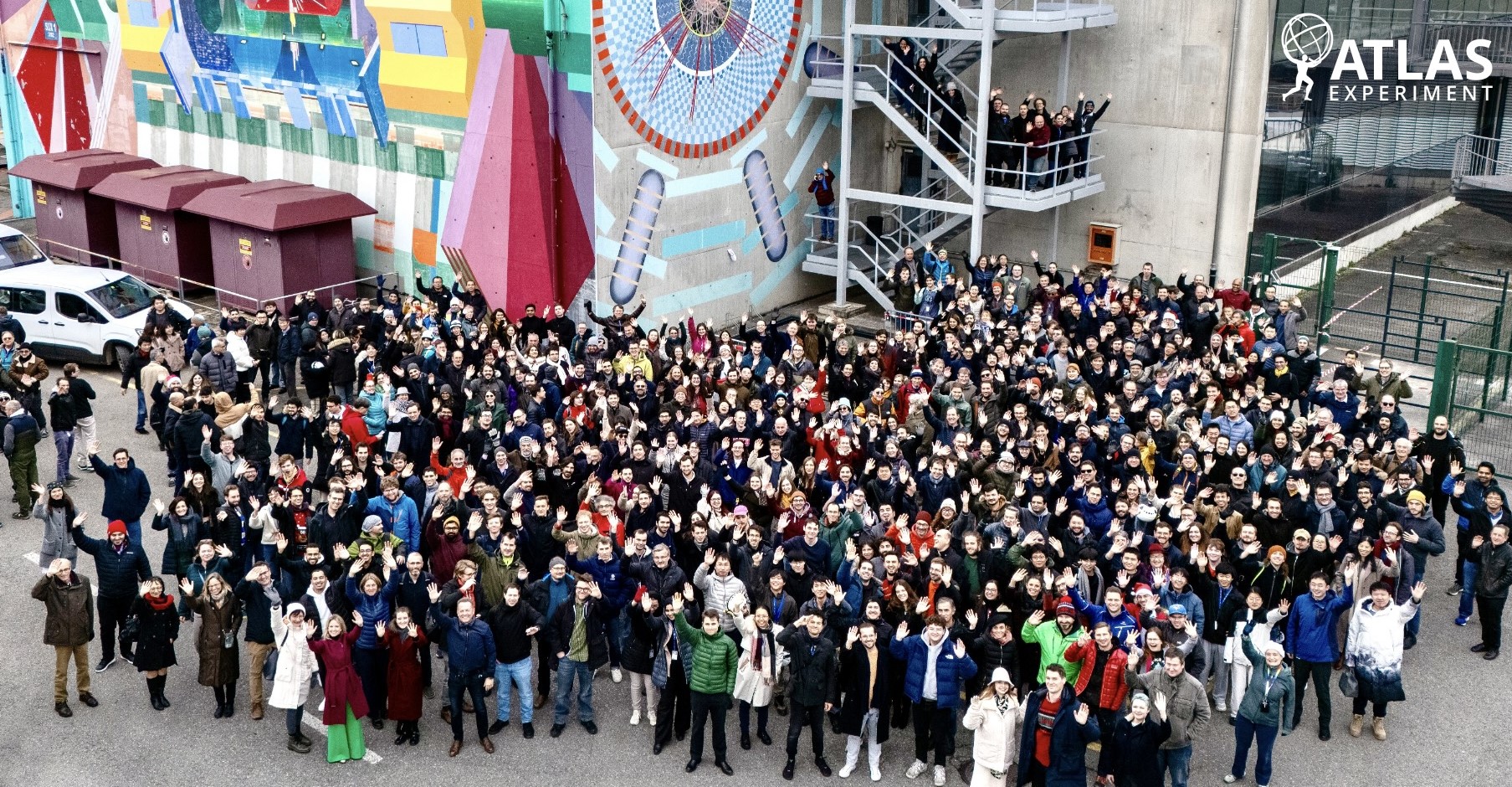
April 07, 2025
The Breakthrough Prize in Fundamental Physics is a significant recognition of the pioneering studies conducted by the ATLAS Collaboration at the Large Hadron Collider (LHC), including significant contributions from the University of Oklahoma's experimental high-energy physics (HEP) group. This prestigious award, shared with the ALICE, CMS, and LHCb Collaborations, celebrates the extraordinary contributions of 13,508 international researchers who have significantly advanced the field of HEP.
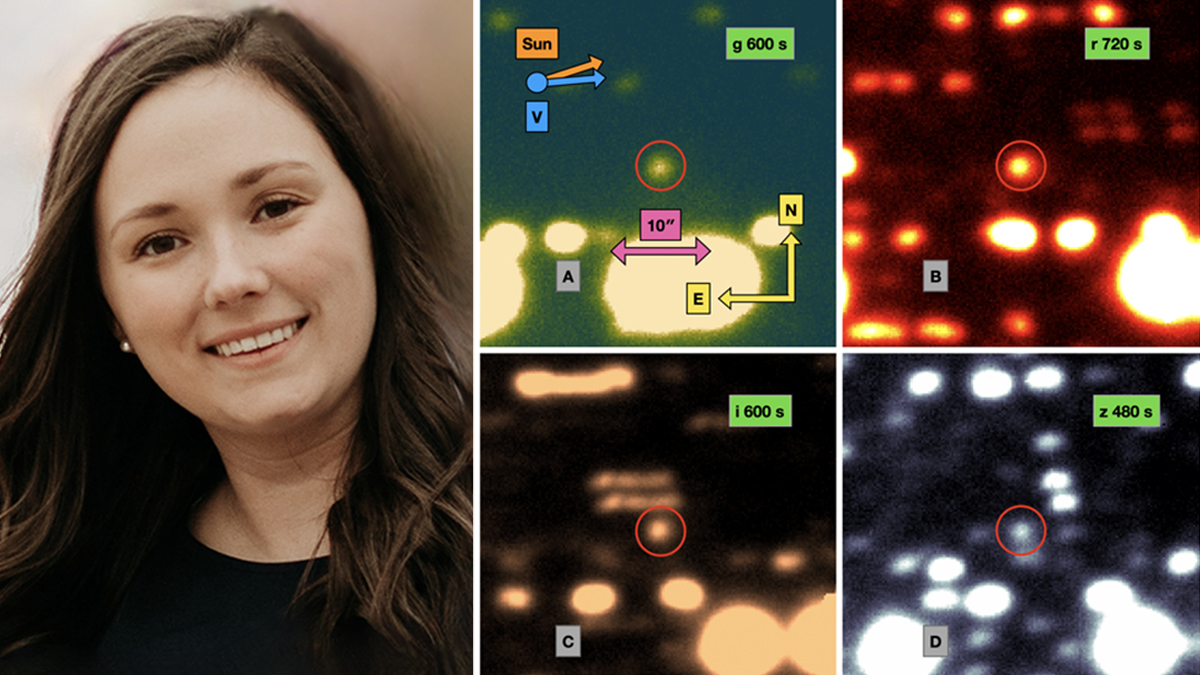
July 18, 2025
With access to the Apache Point Observatory 3.5m telescope, Department of Physics and Astronomy graduate student Gracyn Jewett was able to observe the newly discovered 3I/ATLAS interstellar comet. A paper presenting the results from these observations has been accepted for publication in the Monthly Notices of the Royal Astronomical Society.
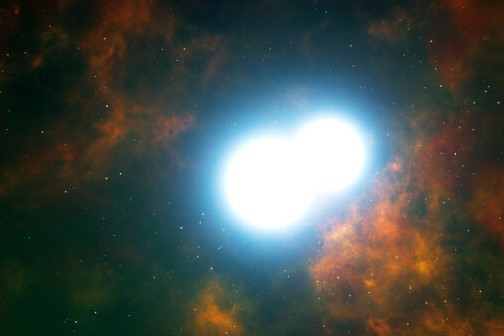
February 28, 2025
A group of researchers, including OU professor Mukremin Kilic and graduate students Gracyn Jewett and Adam Moss, have discovered the most richly pulsating ultramassive white dwarf observed to date. The large number of pulsation modes, or vibrational patterns, observed in this ultramassive white dwarf may soon reveal information on its interior structure and chemical composition.
Alisa Javadi, assistant professor with a joint appointment between the School of Electrical and Computer Engineering and the Department of Physics, received an Early Career Award from the Department of Energy.
Alisa’s project explores novel host crystals based on oxides that can serve as hosts for quantum bits, with the goal of overcoming limitations related to electron spin coherence. The project combines theoretical modeling and advanced material synthesis techniques to identify and produce high-quality quantum emitters. By leveraging materials with minimum magnetic interference, the research aims to unlock new possibilities for quantum technologies, such as more precise sensors and scalable quantum information systems.
Research led by Nikole Nielsen, an assistant professor of astrophysics and cosmology at the University of Oklahoma, has been published in the journal Nature Astronomy that examines, pixel-by-pixel, the highest resolution photograph of the halo of gasses surrounding a star-bursting galaxy. Using the 10-meter telescope at the Keck Observatory on the Mauna Kea volcano in Hawaii – the most sensitive instrument of its kind – they detected a cloud of glowing gas that extended 100,000 light years away from the galaxy.
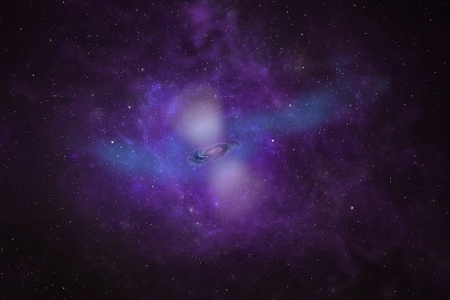
A paper by Badal Bhalla and Tao Xu, both members of the Sinha group, written in collaboration with Benjamin Lehmann from MIT, has explored the possibility that primordial black holes could be locked into binaries with stars in our Galaxy. Titled “Dancing with invisible partners: three-body exchanges with primordial black holes”, the work has been featured in New Scientist as well as several popular media outlets.

The work of OU Postdoctoral Fellow, Marko Mićić, was recently published in the Astrophysical Journal Letters and featured in Nature as a research highlight. This exciting research gives us a glimpse into how galaxy interactions may trigger black hole activity.

We had the honor to host Ceren Dag (ITAMP/Harvard), Peter Engels (Washington State University), Lea Santos (University of Connecticut), Dan Stamper-Kurn (UC Berkeley), and Emilia Witkowska (IFPAN, Poland) for a 2-day mini-workshop at OU. The workshop featured 1.5 days of talks, including talks by OU postdocs Anal Bhowmik, Hoang Van Do, Yicheng Zhang, and Shan Zhong, as well as a poster session that showcased AMO research led by OU undergraduate students, graduate students, and postdocs and tours of AMO and condensed matter labs in Lin Hall, which meets NIST-A specifications. The mini-workshop was made possible through the Dodge Family Distinguished Visitor and Workshop Fund.

Lunar Sooners set up 4 telescopes with solar filters on April 8 2024 to observe the solar eclipse. They collaborated with OU Marketing to host a fantastic event, delivering about 3000 eclipse glasses. Adam Moss MC'ed the event, and we were happy to have President Harroz join and look through our telescopes. Many Lunar Sooners members made this event possible, especially Adam Moss, Heechan Yuk, Chanuntorn Pumpo, Gil Garcia, Stephanie Hall, Theeva Jayanthi, and others.

Bihui Zhu, an assistant professor of atomic, molecular, and optical physics in the Center for Quantum Research and Technology, is one of 48 researchers named to the 2024 Young Investigator Program by the Air Force Office of Scientific Research for her project titled “Harnessing quantum many-body phenomena with long-range interacting AMO platforms.”
To learn more, read the full news article.
Dr. Thirumalai “Venky” Venkatesan, the director of the Center for Quantum Research and Technology at the University of Oklahoma, was elected as Foreign Fellow of the Indian National Science Academy.
View Dr. Venkatesan's letter from INSA (pdf).
Mukremin Kilic, Ph.D., an associate professor of astrophysics and cosmology in the Homer L. Dodge Department of Physics and Astronomy, is one of 14 scientists selected by NASA to join the Ultraviolet Transient Astronomy Satellite Participating Scientists Program.
To read more, view the full news article.
In other recent news, Professors Tischler, Santos, and Furis have secured large Federal grants to support new recent themes in the CQRT. Tischler and Santos from the Physics and Astronomy Department at OU in collaboration with Amethyst Research Incorporated (ARI) were granted a Phase II Small Business Technology Transfer (STTR) from the Office of the Secretary of Defense for a total of $1,700,000.00. OU and ARI are working together to develop tunable epsilon-near-zero tunneling diodes in the infrared region to be used as detectors and light sources.
To read more about the CQRT grants, view the newsletter feature.
On March 8th and 9th, the Homer L. Dodge Department of Physics & Astronomy participated in an APS Improving the Climate for Women Site Visit. This program, run by the American Physical Society, sends 4-person groups of external visitors to physics departments around the country with the goal of improving the department climate for women and other marginalized groups.
To read more about the APS visit, view the newsletter feature.
The inaugural 2-day workshop brought leading researchers from academia, national laboratories, and industry to OU’s Norman campus in May 2022.
Read more about the CQRT workshop
View the original event flyer below:
Optical Tweezer Mini Workshop.pdf